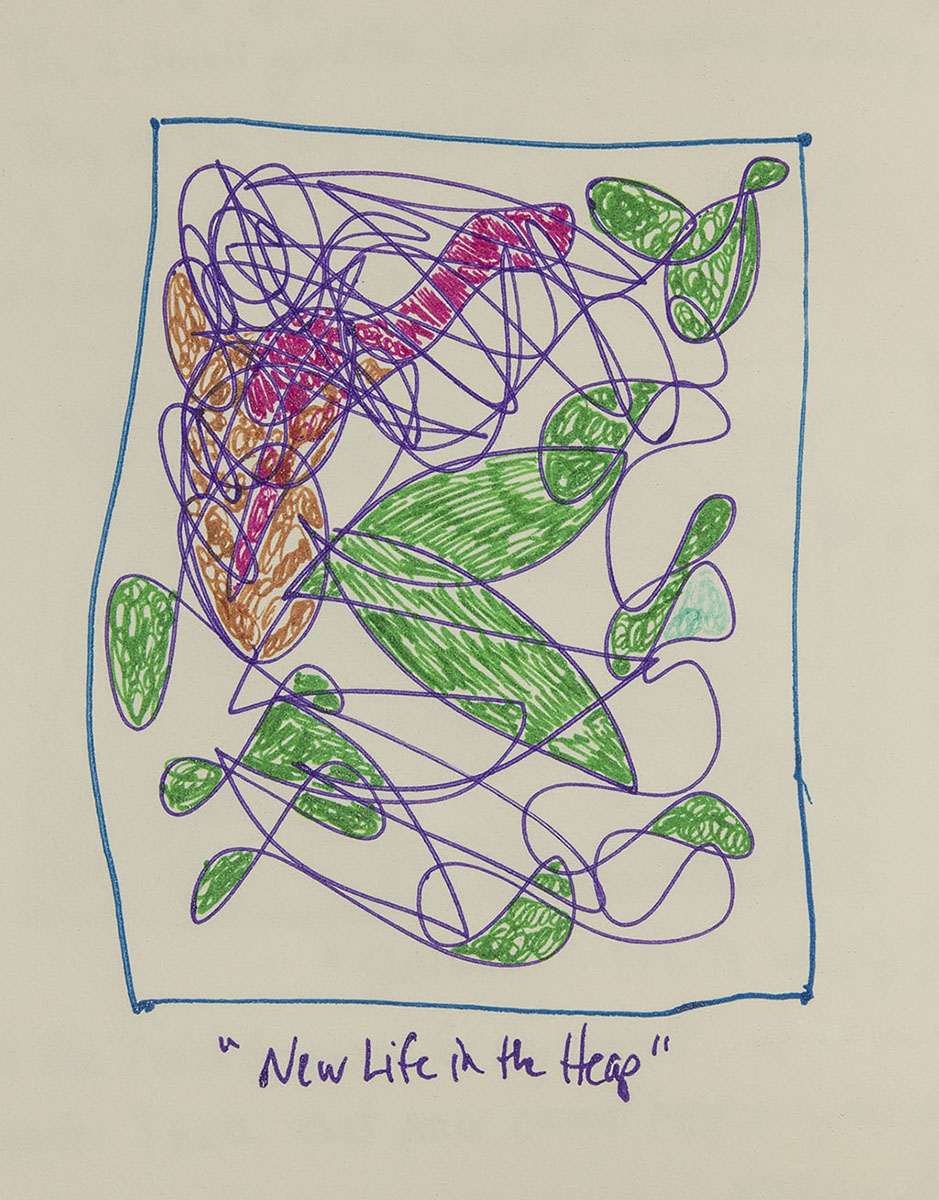Jail and prison both house people behind bars. However, the two places serve completely different purposes. Upon arrest, a person is charged with a crime(s). Then, the person is taken to a county jail for booking and intake processing through classification, medical, and mental health services. Keep in mind, inmates are innocent until proven guilty through a court of law.
Let’s Rumble and Roll
Jails are noisy, busy and cramped. Metals doors locking, opening and banging creates its own rhythmic sound. Doors are “popped” to move in new intakes, released inmates or inmates being transferred to prison. With the roaring sound of inmates talking or shouting in the dorms, inmates are constantly being called out for services. For instance, there could be sick calls or medication lines, visits with attorneys, public defenders, children services, or chaplains. Court processes require movement of inmates with escorts for first appearance or sentencing. Inmates may be reassigned dorms due to sickness, suicidal ideation, or getting a “DR,” a disciplinary report for breaking rules such as fighting, not following orders, attempting to establish a relationship with staff, drugs, etc.
High Anxiety
In jail, anxiety is high and sleep is deprived. From their bunks, inmates spend a vast amount of time is sitting and waiting. There’s nothing to do. Inmates may average 45-60 days in jail upon release. According to TIME, a large number of inmates experience court continuances especially with delays due to COVID-19 (Chan, 2021, February 21). If sentenced to more than “a year and a day,” the inmate will most likely be transferred to a prison.
Sigh of Relief
When sentenced to prison, inmates are given their “EOS,” end of sentence date. Depending on the offense, a prisoner may qualify for gain time, days earned for good behavior for an earlier release. Anxiety often subsides and morphs into boredom. Prisoners often experience depression guised as anger. Tick tock, the battle comes with the clock.
Life Behind Bars
Prison is dominated by rule and order. With large grounds and dorms, prisoners can use time to get their GED, learn technical skills or practice theology and to work in the prison. Prisoners with life sentences often have a grieving process then eventually create their own routine. Forming cliques, prison populations morph into “communities.” Many prisoners attempt to stay to themselves but often turn to crime inside with gangs and drug use.
Art Therapy with Conviction
In my art reflection, I created a zentangle, or random scribble within the confines of a box called “New Life in the Heap.” Below is the reflective poem.
“New Life in the Heap”
Curious patterns
Push through this heap
Life of fresh leaves
Mixed and steeped
Everyone now and then
Emerging for a puff of wind
Serpentine wriggling
Through fluffy soil
Something good can be found
Here in trouble and toil
New life exists here
Even though paths aren’t clear
Yes something good from rubbish
As it folds and cures
Feeds new life, soul matures.
Ya Never Know What You Might Get
From my image and poem “New Life in the Heap,” I am reminded each day, “ya never know what you might get” in jail or prison. When things go down, these institutions become a confusing scribble. As I filled in the shapes with color, I began to see a compost heap emerge. Often, prison is viewed as a place where people are cast away. However, these layers of refuse, trauma and crime begin to pile up. Then, I noticed in the image, a pink earthworm began to find its way to the top. According to Penn State Extension (2013, September 5), these “lowly animals” are an “important part of the soil ecosystem” often helping to stimulate life where there is no movement. How might the churn of jail and prison doors till new soil and inspire new life from this heap?
References
Chan, M. (2021, February 21). ‘I want this over.’ For victims and the accused, justice is delayed as COVID-19 snarls courts. TIME. https://time.com/5939482/covid-19-criminal-cases-backlog/
Duiker, S. (2013, September 5). Earthworms [PDF file]. University Park, PA: Penn State Cooperative Extension College of Agricultural Sciences. Retrieved from https://extension.psu.edu/earthworms




